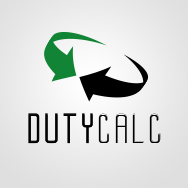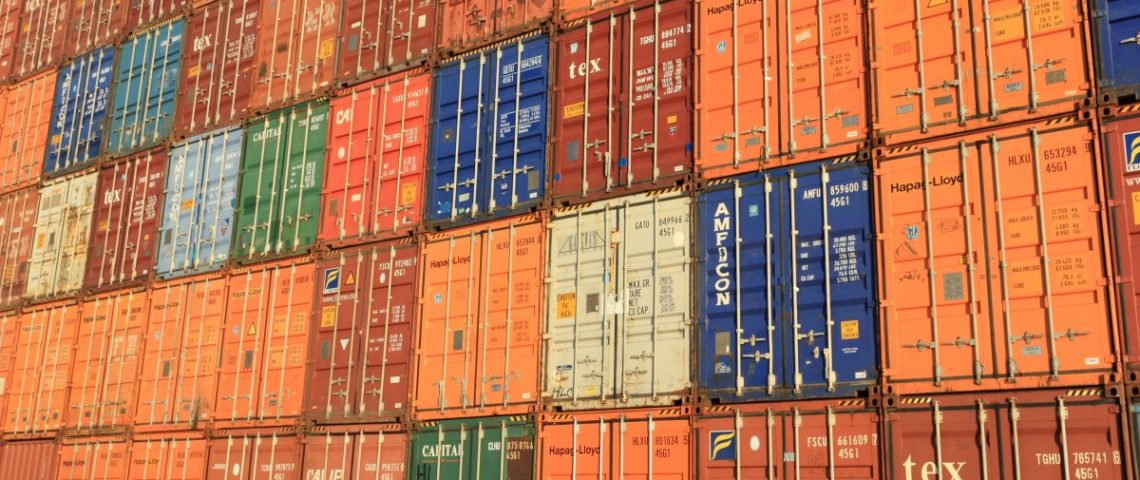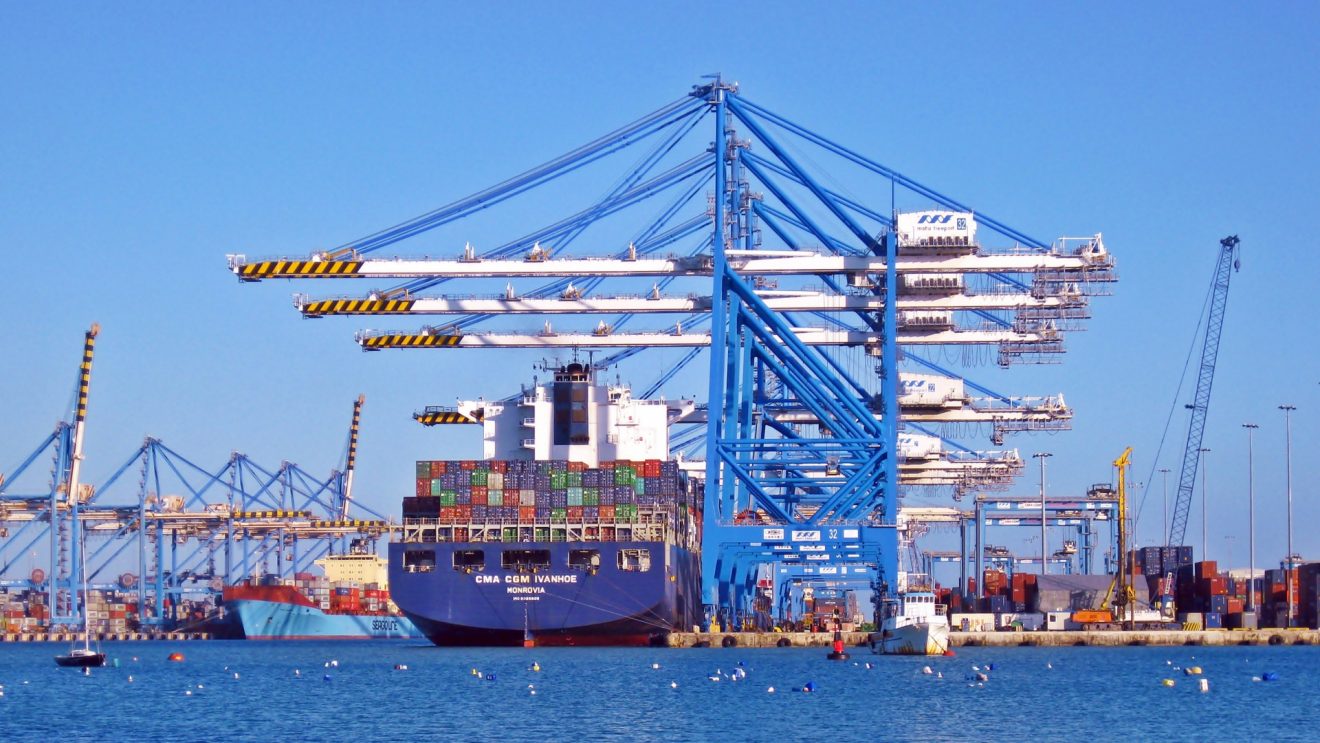Importing and Exporting Done Right
Duty Drawback Software | Import Export Consulting | Processing Filing | Full Service
What is Drawback
Contact Us
The import and export industry is huge. There is so much to learn and understand especially if you are new. If you want to get into this booming industry but do not know where to start, you are in luck. Today we are going to give you some helpful tips on how to import and export the right way.
The first thing you need to do is get into the habit of staying updated on industry news. Monitor rule, tariff, and status changes. For example, keep an eye on overseas suppliers in case they make changes that affect your tariff obligations. Similarly, watch for tariffs themselves, in government regulations, and in the status of customers. A good example of this is what happened when the U.K. officially left the EU at the end of last year. This move changed the industry drastically. So, stay updated and keep your eye on international news because one single move could influence the entire industry.
The second thing you need to learn is how to leverage programs that reduce tariffs. Gaining a tariff advantage is not an easy task as it requires initial vetting and having appropriate controls in place with the foreign supplier. However, doing so could save you a lot of money. For example, even when a product is made in a country with good tariff opportunities, it might not qualify if the manufacturer imported some of its components. Also, a product that meets the bar for tariff advantages today might not qualify tomorrow if your supplier starts to buy materials in another country. Be careful and be proactive in leveraging programs that help you stay away from those high-tariff loopholes.
Lastly, pay attention to design. A products design can influence tariff obligations just as much as its origin. For example, whether a jacket is lined or not lined, or has zippers or stitches, could impact the tariff. Depending on the case, it could cost less in tariffs to import components and assemble them in the U.S. than to import the finished product. Think strategically when it comes to design and you could save your company loads of money.
There is so much to know about the import and export business. These three tips are only the tip of the iceberg. For more tips and information stay updated here on our monthly blog.










